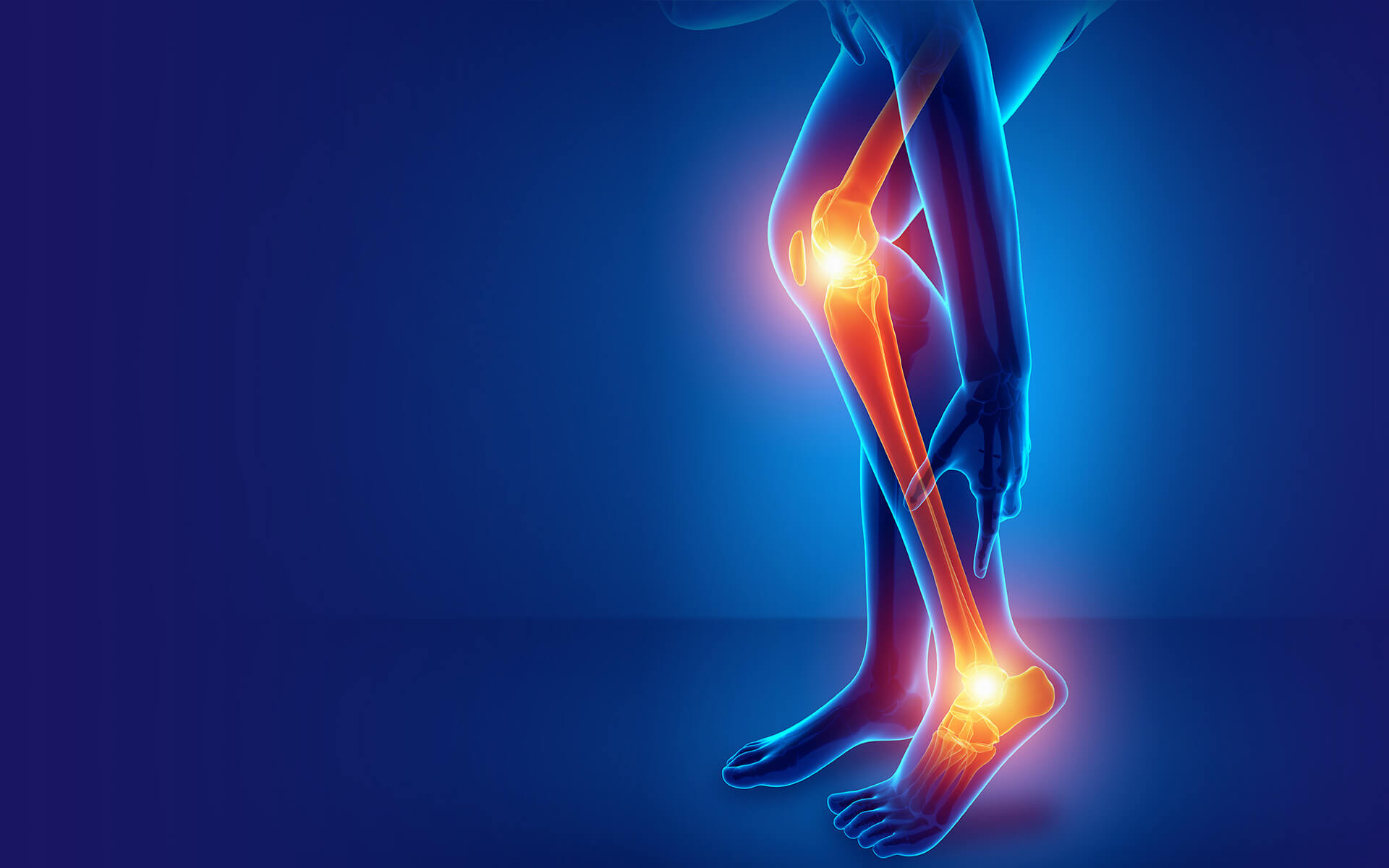Your nervous system transmits information between your body and brain, controlling your muscle movements and organ function and allowing you to detect light, odor, taste, temperature, and pain. Your nervous system consists of two parts:
- Central nervous system: made up of the spinal cord and brain
- Peripheral nervous system: nerves that branch off the spinal cord and extend throughout the body
Nerve compression syndrome occurs when tissue swelling or damage puts pressure on a peripheral nerve that connects to a limb, like your wrist, elbow, shoulder, hip, buttock, or leg. There are many types of nerve compression syndromes, some of which you may have heard of before. Carpal tunnel syndrome is the most common type of nerve compression syndrome, for example. You may be experiencing symptoms of one of the following types of nerve compression syndrome:
- Carpal tunnel syndrome: affects the wrist (median nerve)
- Pronator teres syndrome: affects the elbow (median nerve)
- Radial tunnel syndrome: affects the elbow (radial nerve)
- Suprascapular nerve entrapment: affects the shoulder (suprascapular nerve)
- Thoracic outlet syndrome: affects the lower neck and upper chest (brachial plexus)
- Cubital tunnel syndrome: affects the elbow or wrist (ulnar nerve)
- Guyon’s canal syndrome: affects the wrist (ulnar nerve)
- Meralgia paresthetica: affects the thigh (lateral femoral cutaneous nerve)
- Peroneal nerve compression: affects the lower leg (peroneal nerve)
- Pudendal nerve entrapment syndrome: affects the pelvic area (pudendal nerve)
- Sciatica: affects the lower back, hips, butt, or leg (sciatic nerve)
- Tarsal tunnel syndrome: affects the foot heel or sole (tibial nerve)


.webp)






